SECTION 6: ENCOUNTER ACTIONS
General
Encounters with terrorists are sudden, short, and often so unexpected that the opportunity to inflict casualties is lost. What is required is immediate, positive and offensive action.
For this reason it is essential for simple encounter actions to be taught and thoroughly practiced. It is impractical to attempt to cover every contingency by committing to paper numerous "drills," because not only would they tend to cramp initiative but they would not be read or digested or remembered in the stress of action. It is, however, important to teach an action to cope with any situation commonly met. The principles underlying the action must be simplicity, aggression, s peed and flexibility.
Before a patrol leaves its base, the commander in his briefing should include directions for encounter action. This is necessary each time because patrols vary in strength and Organization according to the nature of their tasks. In addition, the mention of the encounter actions applicable to the operation will act as a reminder to the troops taking part and so help them to avoid being surprised.
A high standard of weapons training, marksmanship and a thorough under- standing and instinctive awareness of weapon capabilities and limitations will ensure that encounter actions are successfully executed.
The Encounter Actions
It is important to note that although encounter actions are usually taught on a section basis, they can be adopted for use by a platoon. These actions are applicable to the varied forms of terrain and in all cases normal infantry minor tactics or section and platoon battle drills usually apply after the initial contact. These encounter actions are a sound framework on which leaders at all levels should build as their experience dictates. it should be remembered, however, that no action, drill or order will achieve success unless the leader and men have practiced them to a stage of instinctive action, reflex and immediate reaction to firm and confident initiative on the part of the leader.
If a patrol is accompanied by persons who have little or no knowledge of encounter actions, e.g., guides, informers, surrendered terrorists, etc., the patrol leader should keep them strictly under control and in his view. These persons should be briefed as thoroughly as possible before the patrol starts. It may prove as well to rehearse encounter actions for these persons or even for inexperienced troops before a patrol moves out on operations.
Encounters with enemy could fall under one of the following headings:
Situation A. The initiative is with the military forces (terrorists seen first).
Reaction: Immediate ambush.
Situation B. The initiative is split between the military forces and the enemy (simultaneous sighting).
Reaction: Immediate offensive action.
Situation C. The initiative is with the terrorist (military forces are fired on with small arms or are ambushed).
Reaction: Immediate offensive action to an enemy ambush.
Action for Situation A.
This will be used for situations when terrorists are seen first by the military forces.
Explanation of action.
* Leading elements give silent signals.
* Depending on the cover and distance, military forces make any reasonably silent attempt to go to ground in the best possible fire position. Minimum movement and silence may prove vital. Fire will be opened only on the orders of the patrol commander or in the event of the position being detected by the enemy.
* The commander now makes a quick assessment and issues silent signals/orders accordingly. His aim must be to eliminate as many terrorists as possible using the closest range and the best selected killing ground.
 Note: The above actions are in effect a minor ambush. At troop level it is not normally possible to deploy into a particular area. At section level it may be possible to move everyone into specific positions if movement is acceptable and the terrorists are approaching along a definite route, i.e., a track, river bed or game trail.
Action for Situation B.
Note: The above actions are in effect a minor ambush. At troop level it is not normally possible to deploy into a particular area. At section level it may be possible to move everyone into specific positions if movement is acceptable and the terrorists are approaching along a definite route, i.e., a track, river bed or game trail.
Action for Situation B.
Immediate offensive action may be taken when military forces:
* Encounter sentries outside a terrorist base perimeter;
* Encounter part of the terrorist base perimeter;
* Encounter a moving terrorist group;
* Encounter a visible static terrorist group (in a base, at a resting place, drawing water).
Explanation of the action.
* Elements in contact or in close proximity put down a heavy volume of controlled fire with the aim of winning the firefight and eliminating terrorists. It may be possible for these elements to execute immediate skirmishing. The maximum use of grenades and light mortars should be made.
* Patrol commander makes a quick appreciation and plan and issues orders for the required action.
* If an assault is to take place, the route taken for deployment and assault depends on the ground. Consideration must be given to the deployment of cut-off groups, possibly using the patrol reserve. The assault plan must include covering fire.
* Throughout the preliminary stages of this action, the patrol commander must ensure that the firefight is won and the cut-off groups are moved into positions if at all possible.
* Normal reorganization should take p the assault i.e., face after all-around defense, clearance/security patrols, thorough search of the area, reporting the contact. But, if at all possible, contact with the enemy should be maintained with immediate follow-up action.
 Action for Situation C.
Action for Situation C.
This action may be used when military forces are ambushed and in situations where part of the military force patrol is pinned down.
Note: In the case of most situations detailed below, the military forces will not be able to confirm, until much later in the resulting action, the strength of the enemy.
Explanation of the action.
* Elements under fire or in close proximity go to ground and put down a heavy volume of controlled fire with the aim of winning the fire-fight and eliminating terrorists. It may be possible for these elements to execute immediate skirmishing. The maximum use of grenades and light mortars should be made.
* Patrol commander makes a quick appreciation and plan and issues orders for the required action.
* If an assault is to take place, the route taken for deployment and assault depends on the ground. Consideration must be given to the deployment of cut-off groups, possibly using the patrol reserve. The assault plan must include covering fire.

* Throughout the preliminary stages of this action, the patrol commander must ensure that the firefight is won and the cut-off groups are moved into positions if at all possible.
* Normal reorganization should take place after the assault, i.e., all-around defense, clearance/security patrols, thorough search of the area, reporting the contact. However, contact with the enemy should be maintained with immediate follow-up action.
However, where the whole patrol is pinned down, the group will have to extricate itself by maximum fire and maneuvering. Only then can subsequent action be taken as a result of an appreciation and plan, which may be either offensive action, or a withdrawal, depending on the casualties sustained and the strength of the enemy.
When a battle is at close range, the side that opens fire and applies the heavier and more accurate weight of fire will win. Skirmishing movement will consolidate the firefight. The encounter actions, therefore, are normally "Go to ground, win the firefight.
Subsequent action is based on the commander's initiative.
To some extent, the application of the actions explained above is affected by a patrol formation. If the formation has a leading element of approximately one-third of the local strength and the patrol commander moves into a position from which he can command and control any battle, the normal principles of fire and maneuver can be successfully applied. In all cases, the basic principles of a platoon in battle must be applied by the commander to the circumstances of the situation.
It is most important to emphasize that there are three main actions that take place:
* Go to ground.
* Win the firefight.
* Concurrent with a. and b. above, the commander must quickly assess the situation and give appropriate orders. Whenever possible, the patrol Commander is to keep his superior headquarters fully informed about the contact, i.e., what has happened, where it is, what the terrorists are doing and what the military forces are intending to do.





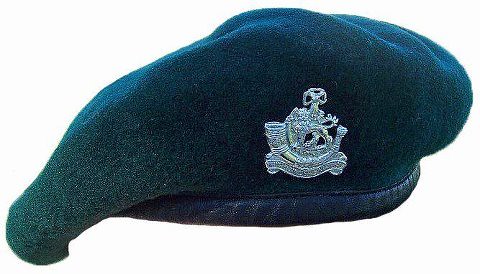
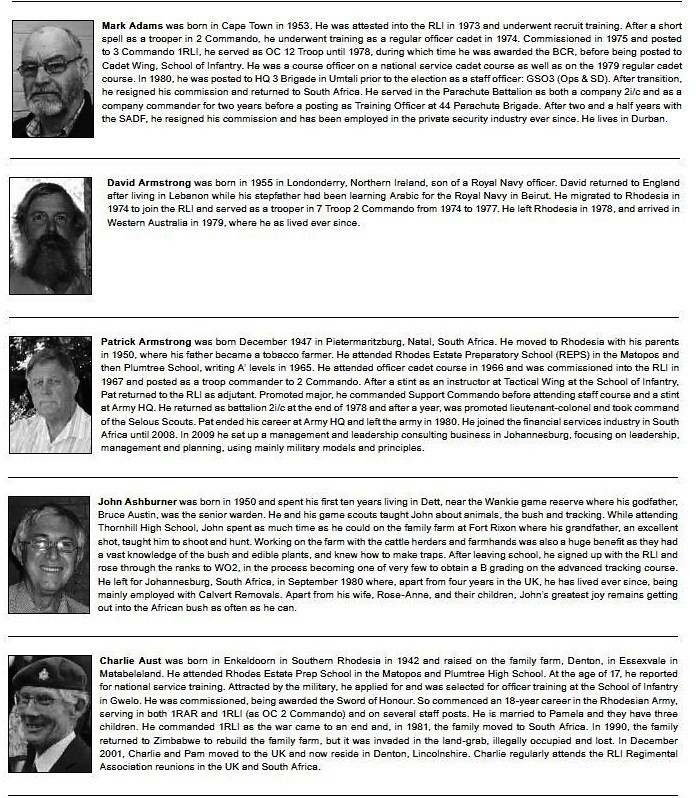



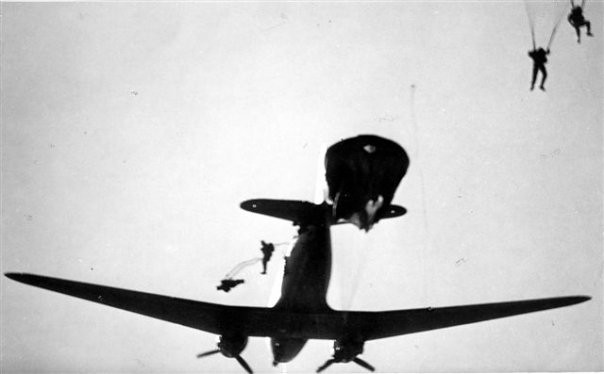




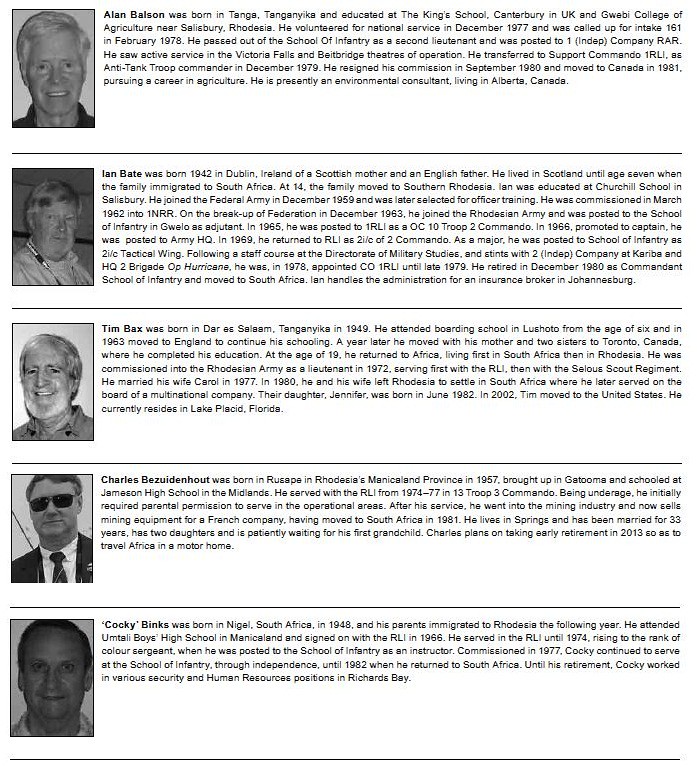
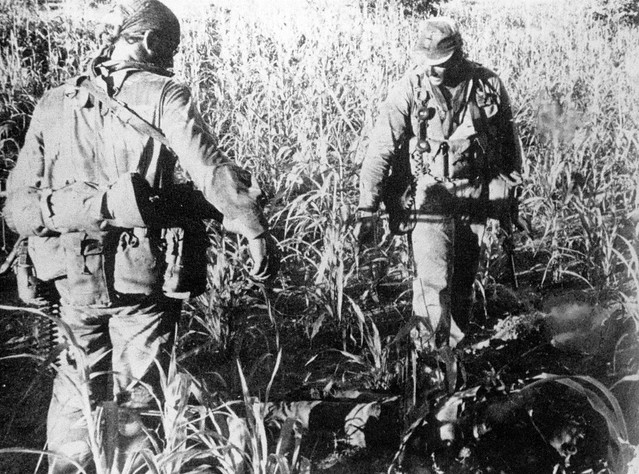


Bookmarks